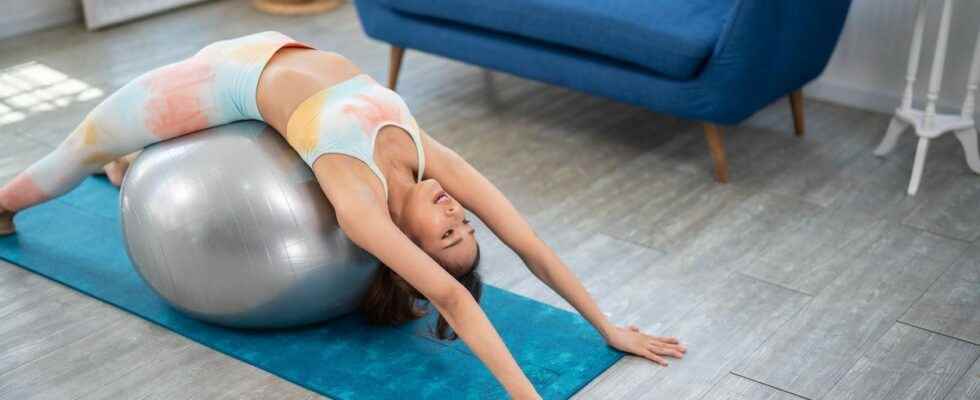Posted ,
Reading 3 mins.
What to do in prevention or in case of back pain? To move ! This has been the message from Health Insurance since 2017. Is this recommendation known to all French people? Cnam conducted the investigation.
In November 2017, the National Health Insurance Fund (Cnam) invites the French to adopt a dynamic attitude against back pain, this symptom, also called low back pain, which will affect more than 8 out of 10 people, at least once during of their life.
A paradigm shift
“Back pain: the right treatment is movement”. This is the slogan which intends to shake up received ideas, fears, in particular of hurting themselves, and therefore of aggravating the pain, if one is active, and the recommendations hitherto made to patients suffering from low back pain to to bed. A big bang, neither more nor less.
As the French public health agency reminds us, in its weekly epidemiological bulletin (BEH), dated June 14, “constituting the first cause of years of life with disability in the world, low back pain and its economic burden, estimated at several billion dollars in 2008, are a central problem in the field of public health.”.
Starting from this medico-economic observation, and relying on numerous concordant studies on the benefits of physical activity in the prevention of low back pain or its chronicization, public policies have reoriented their recommendations, to encourage the French to fight against physical inactivity.
Membership unevenly shared
Did the public follow? In 2019, the Cnam surveyed 2,736 people aged 18 to 85, to assess their level of adherence to this new recommendation. If we are to believe the results of this survey, made public on June 14, the message has not gone unnoticed: a quarter of those questioned remember having heard of this campaign and the majority of them (81% ) declare themselves “absolutely” Where “instead” agree with current recommendations.
This is not a surprise, but it is no less enlightening: the people who memorized the prevention campaign the best were also more likely to subscribe to its message. In the same way, the more the age increases, the more this chance also increases, and the better one is, the more one is said to be in favor of exercise.
The BEH underlines, in its summary, that before this campaign, only 32% of the population did not see rest as a remedy to fight against low back pain. The progress is therefore clear. But not quite equally shared, depending on whether one falls into the category of executives and higher intellectual professions or that of workers or intermediate professions. In this respect, it is an unfortunately recurrent finding.
Better target prevention messages
“These differences between socio-professional categories reinforce existing social inequalities in health, since workers are already more at risk of undergoing herniated disc surgery than executives and CSP+, and since intermediate professions, workers and employees are more confronted with occupational exposures at risk of low back pain”, note the authors.
Admittedly, this disparity is not specific to France, specify the researchers, but this recurrent diagnosis also calls on the health authorities to “move”, to best target the most exposed and/or most precarious populations. Organized cancer screening, National Health Nutrition Program (PNNS), alcohol, smoking, etc., everything pleads in favor of an approach, here too, if not personalized, at least adapted.
Consult a GP online
Exercise for less pain
Finally, even if awareness of the prevention messages is gradually spreading among the population, they should be constantly recalled. And especially to explain them. Witness, this other famous slogan concerning antibiotics which are not automatic. Issued for the first time in 2009, it is again and again necessary to repeat it, given the persistence of antibiotic resistance.
Read also

So, to the question of what is the best treatment for low back pain, the answer is movement because it will allow us to preserve our functional capacities, to fight effectively against pain – and consequently to limit the use of analgesics. , among other things -, to remain socially active, in a word to contribute to our well-being, physical and psychological.

